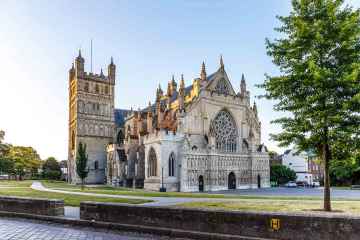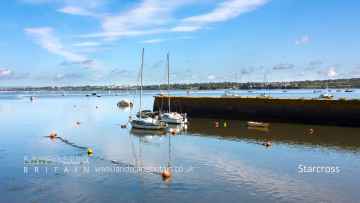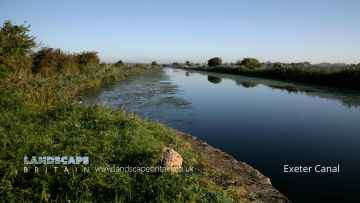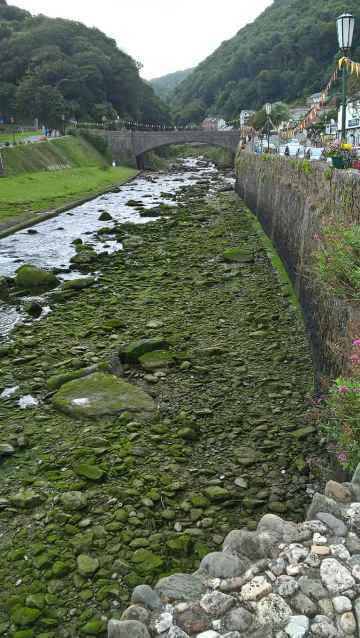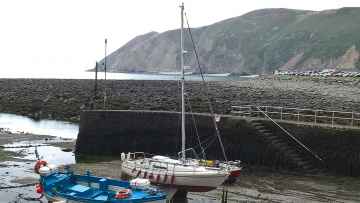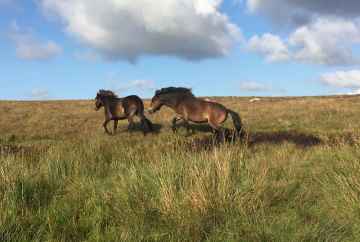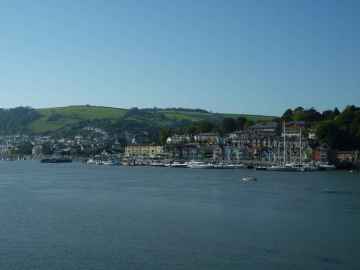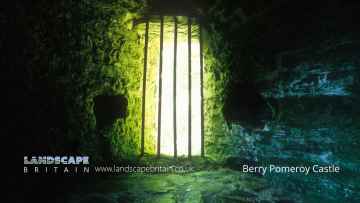Dawlish
Dawlish is a Town in the county of Devon.
Dawlish postcode: EX7 9
There are great places to visit near Dawlish including some great cities, historic buildings, villages, canals, rivers and streams, beaches, geological features, sssis, hiking areas, nature reserves, towns, parks, airports, castles and ruins.
There are a number of cities near to Dawlish including Exeter.
Don't miss Exeter Cathedral, St Mary Steps, and St Stephen's Church - Exeter's historic buildings if visiting the area around Dawlish.
There are a number of villages near Dawlish including Starcross, Lynton and Lynmouth, Littleham, Otterton, Branscombe, Beer, and Hope Cove.
There are a number of canals near Dawlish including Exeter Canal, and Grand Western Canal at Tiverton.
There are a several good rivers and streams in the area around Dawlish like East Lyn River.
Dawlish has some unmissable beaches nearby like Blacklands Beach, Branscombe Beach, and Hope Cove.
There are a number of geological features near to Dawlish including Valley of Rocks.
Places near Dawlish feature a number of interesting sssis including Dartmoor.
Places near Dawlish feature a number of interesting hiking areas including Dartmoor.
Places near Dawlish feature a number of interesting nature reserves including Dartmoor.
The area around Dawlish features a number of interesting towns including Dartmouth, Tiverton, Crediton, Topsham, Budleigh Salterton, Sidmouth, and Seaton.
Bicton Park is one of Dawlish's best, nearby parks to visit in Dawlish.
Exeter Airport is a great place to visit close to Dawlish if you like airports.
The area close to Dawlish boasts some of the best castles including Berry Pomeroy Castle.
Berry Pomeroy Castle is one of Dawlish's best, nearby ruins to visit in Dawlish.
Dawlish History
There are some historic monuments around Dawlish:
Places to see near Dawlish
History of Dawlish
Little of note happened at Dawlish until the end of the 18th century, when seaside locations on the south coast started to become popular with the wealthy, mainly caused by George III making Weymouth in Dorset his summer holiday residence from 1789. In May 1795, the antiquarian and topographer John Swete spent some time in Dawlish and reported that although not long ago it had been no more than a fishing village, and the best lodging house would not cost more than half a guinea per week, it was now so fashionable that “in the height of the season, not a house of the least consequence is to be hired for less than two guineas a week, and many of them rise to so high a sum as four or five.”











